Appreciating Ankara Fabric
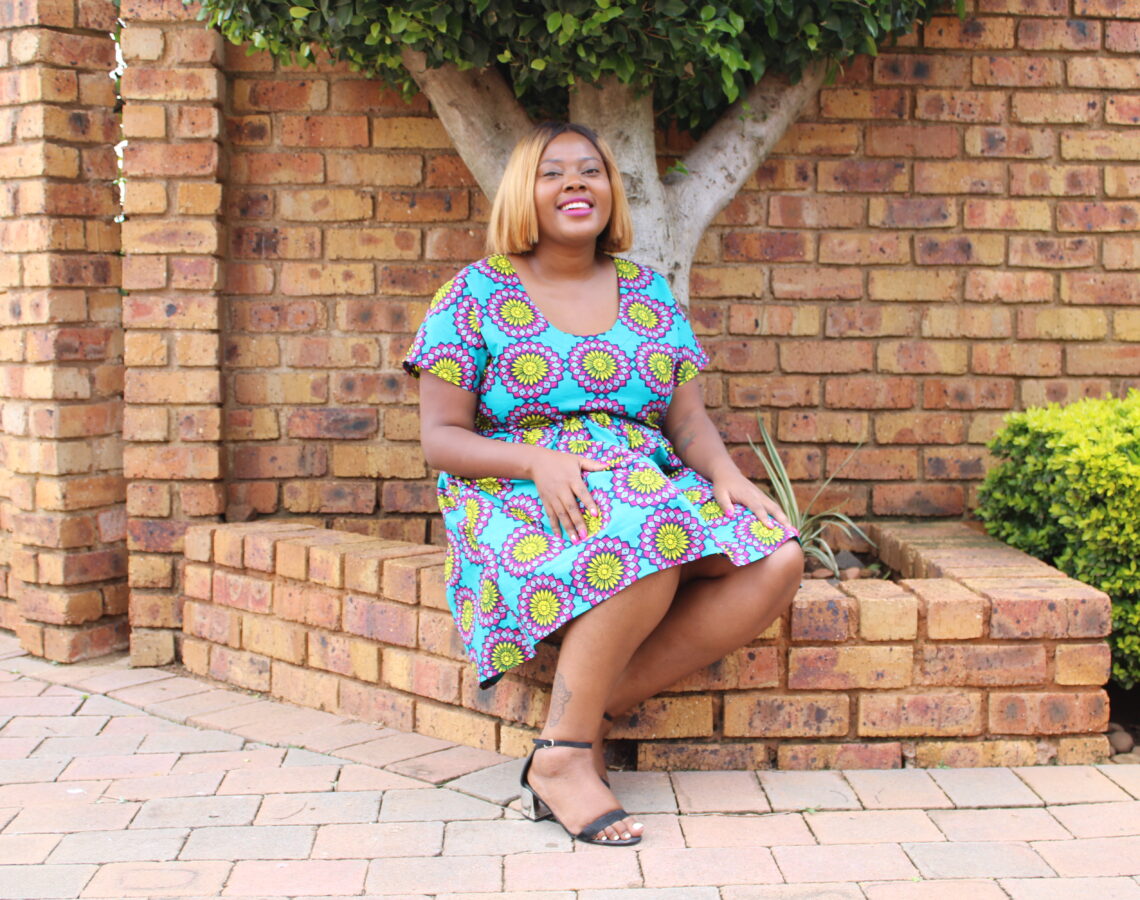
Sewing with Ankara Fabric in the Sewing Community
Written by: Tino Motloung for Waves and Wild
I guess I owe my love and passion for sewing to Ankara fabric; if it wasn’t for it, I don’t think the thought of making my clothes would have entered my mind. My name is Tino, and I’m addicted to Ankara fabric! Before 2014, to me, Ankara fabric was just fabric we used to make our show stopper dresses when we would attend weddings or traditional ceremonies. That all changed in 2014! I had just come back from living and working in the USA for 2 years and whilst I was still settling back into being back home, a friend of my mother asked a to do her a small favour and when I was done, she gifted me with a 6-yard piece of Ankara fabric. It was so colourful and vibrant, I immediately fell in love with it. I found myself a seamstress and she made me a beautiful circle skirt made with the fabric. After that, I asked myself why I couldn’t wear Ankara clothing in my everyday wardrobe? And so my fabric shopping addiction started! I started getting pencil skirts, pants, dresses and jackets made using Ankara fabric and successfully incorporated them into my work and weekend wardrobe. But seamstresses are human beings, they make mistakes or there’s a miscommunication of design ideas and with this sometimes I would be disappointed that they had messed up my fabric, I started looking for sewing school in 2018 and enrolled in one February of 2019 and as they say; the rest is history. Well that is my very brief history with Ankara fabric.
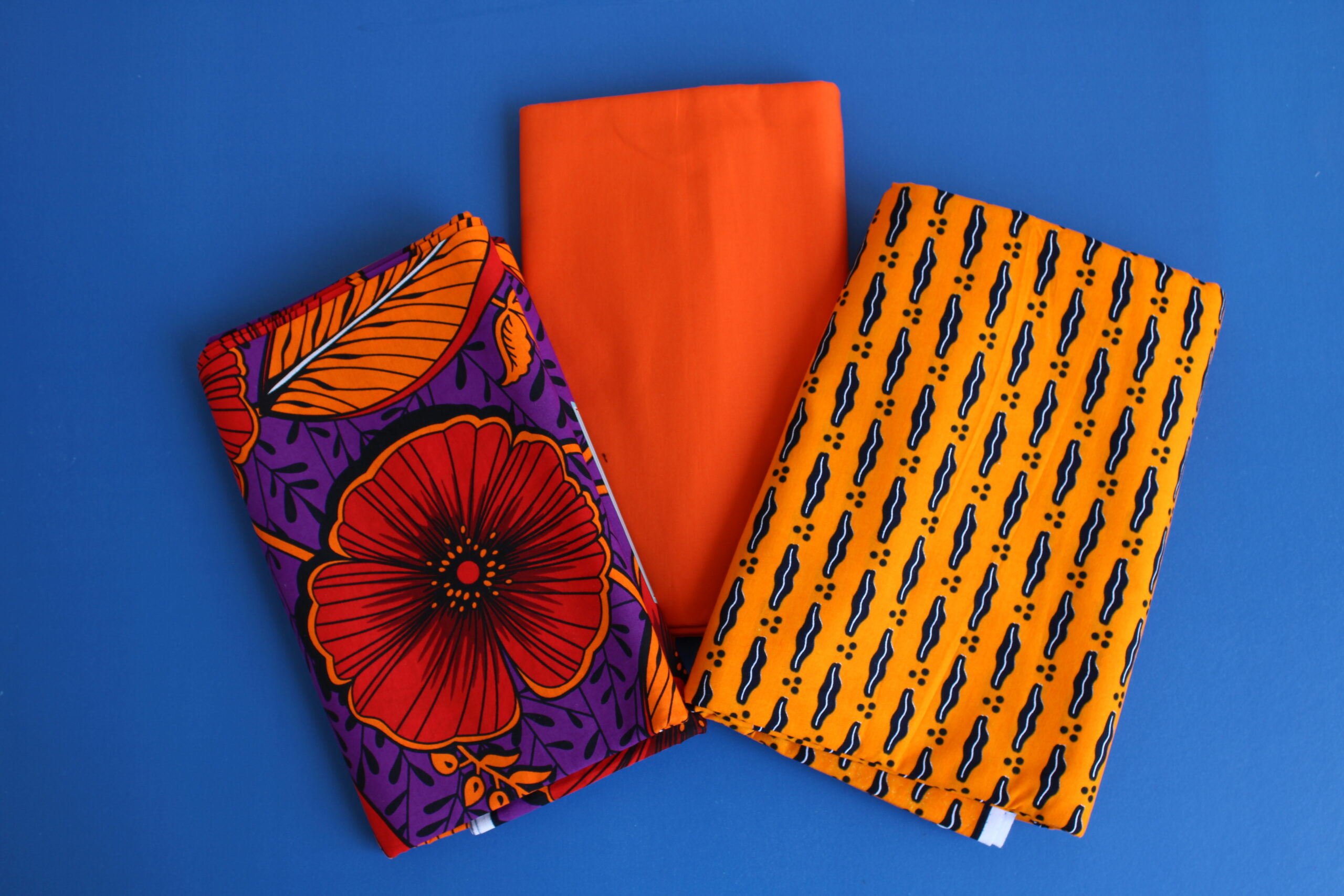
The History of Ankara
The history of Ankara fabric spans multiple continents, where The Dutch colonised Java (now Indonesia) and the British captured the island from The Dutch. Sir Thomas Stamford Raffles documented the long and laborious 17-day process of hand-making the Batiks cloth, an Indonesian way of dyeing and creating patterns on cloth using wax-resistant methods. He sent his documented account, including serval Batik cloths, back to England and challenged men of the industry to find ways to merchandise the process. A peace treaty was signed between The Dutch and the British and Java was returned to The Dutch. The treaty ensured that The Dutch also had access to Raffles’ document, and could use it to merchandise the process and undercut the expensive hand-made process of making Batik. The Dutch succeeded in merchandising the process of making Batiks, they hoped to sell the much cheaper machine-made Batiks back to the Indonesian market. Unfortunately for The Dutch, the imitations were unsuccessful in the penetration of the Batik market. The Dutch trade vessels introduced the fabric in West African ports, which saw success because of the similarities with the West African traditional ways of tie-dye fabrics. The prints were similar to local tribal prints and because it was made of cotton therefore lightweight, the fabric was breathable and well suited for warmer West Africa Climates.
Ankara has now integrated itself as part of African culture and history, in fact when you ask many African’s the origins of Ankara, many will tell you stories about their ancestors and the meaning of certain prints. The women used the fabric as a form of communication of storytelling and documenting their culture and traditions, the patterns have been named after African proverbs, personalities, cities, places and occasions. This is still happening today – there are Ankara prints that were inspired by the recent global pandemic. Many African people have a strong connection with the fabric because of personal history, the fabric will represent an event they were part of, gifted during matrimonial ceremonies to bring together families even passed on from mother to daughter. In this modern African Era, Ankara is a way for many to stay connected to their culture and origins as we assimilate more and more into Western Society. These connections that African people have with Ankara fabric make it truly an African fabric.
Cultural Appropriation vs. Cultural Appreciation
Appreciation is when someone seeks to understand and learn about another culture in an effort to broaden their perspective and connect with others cross-culturally. Appropriation, on the other hand, is simply taking one aspect of a culture that is not your own and using it for your own personal interest. An example of where I’ve seen most cultural appropriation is in the quilting world where white fabric designers create new “tribal prints” using popular Ankara prints and label the fabric as quilting cotton. So a dominant group is taking something traditional and meaningful, giving it a new name and then profiting from it. This not only harms the local textile industry in West Africa but dishonours the history of the fabric. Appreciation would be to make a quilt using Ankara and maybe research the meaning behind some of the print names. Not only are you showing the versatility of the Ankara fabric but you recognise the people and their culture. This is not only true in quilting but we see it a lot in the fashion world. When black celebrities celebrate their culture, it is considered ghetto or primitive but as soon as a white high-end designer uses that same design, the style becomes mainstream and the owners of the culture benefit nothing from this. So you are just a home sewist doing this as a hobby, how do you make sure you are appreciating the culture versus appropriating it? When making something using Ankara fabric acknowledge that you are using Ankara fabric (the fabric might be new to you but it has a long and deep cultural meaning to black people) therefore consider buying the fabric from a black business in support and showing your appreciation of the fabric. Living in such a connected world, some African vendors based in Ghana, Nigeria and South Africa, will ship globally. If you don’t mind waiting for delivery, consider supporting them by purchasing the fabric directly from them. There are also many Instagram and Etsy vendors in Europe and the USA that source directly from African markets that you can support. YES as a white person you can use and wear Ankara fabric in your craft, just acknowledge and support the people as you appreciate their culture.
Sewing With Ankara Fabric
Ankara fabric usually comes in 3, 6 or 12 yard bundles, the 6 and 12 yard bundles normally come with manufacturers labels stuck to them and these can be tough to remove without leaving the sticky glue residue on the fabric. These labels can be removed using an iron and paper towel, CLICK HERE to see the reel I created demonstrating how to remove these sticky manufacturers labels. Ankara fabric has a wax finish, therefore I recommend pre-washing it in cold water as this will make sewing it more manageable. I always air dry my Ankara fabric and garments, this helps the colours stay bright and vibrant, I would not recommend tumble drying your Ankara pieces as the dryer compromises the longevity of your garment. Sewing with Ankara fabric is really fun and easy, simply let the fabric feed through the machine naturally. Use a standard universal needle with a standard ‘J’ presser foot using a 2.5mm stitch length. Because it is woven cotton, Ankara fabric frays and you will need to overlock (serge) your seams, if you do not have an overlocker (serger), use a zigzag stitch or pinking shears to prevent fraying. Ankara is a versatile fabric and you can make a wide range of items from bags, accessories, shoes, homeware, clothing and quilts. The fabric has made it to many home sewer’s tables not only because of the wide variety of colours and prints but the fabric is very easy to work with, even as a beginner. Working with Ankara fabric can help build confidence and skill without worry that the fabric will misbehave. So get creative, whether you pick large bold prints or small but striking prints, Ankara fabric is a dream to sew with.
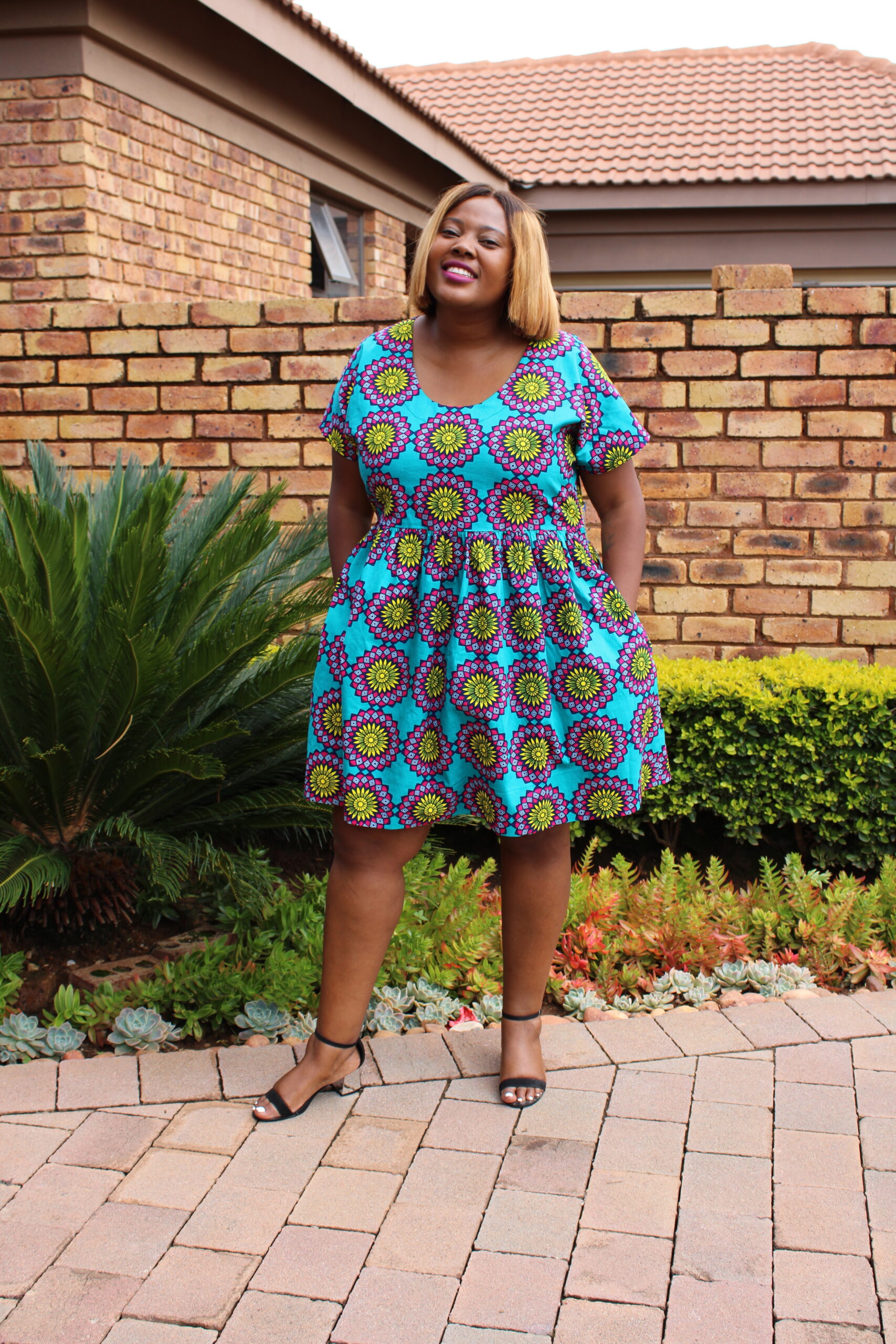
Thank you to Sarah for giving me the opportunity to share more about Ankara fabric, you can find me on Instagram (@sewstartino) I’m always sharing my latest Ankara garment. I absolutely enjoyed making the Kinjarling Dress, it was an easy sew, the full bust bodice was perfect for me as I didn’t have to make any adjustments to it. I shortened the skirt to above the knee length because we are in peak summer here and I’m 1.58m short, so this length suits my style more. If you are a confident beginner, this pattern will be great because the instructions teach more than one technique to do something e.g. facing or binding, sleeve hem or binding, which I really liked. I decided to use a contrasting Ankara fabric for ties so they don’t get lost in the larger garment. Overall I think the dress turned out really cute!
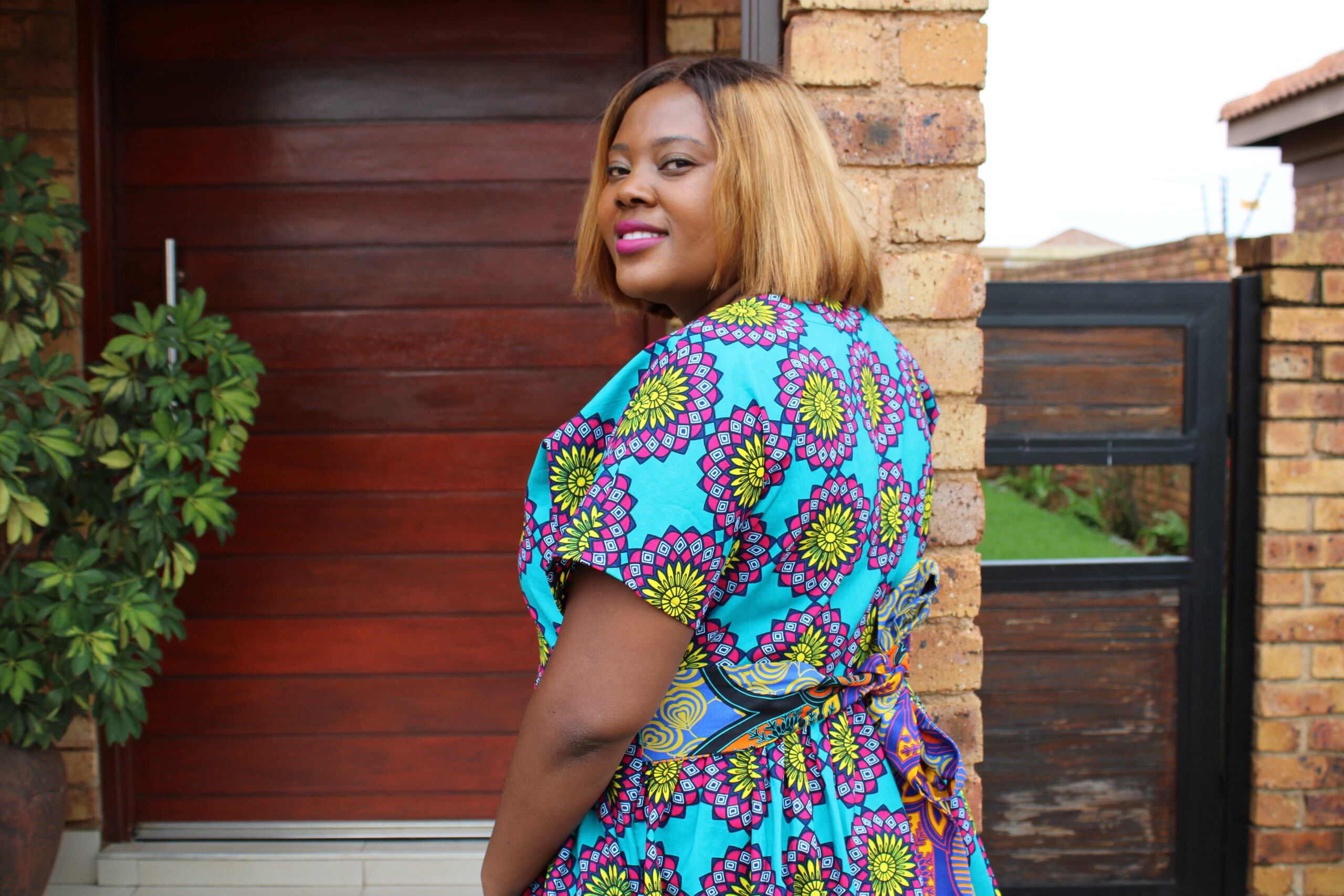
Remember to be kind, keep sewing, keep smiling and keep sparkling!
Tino xoxo
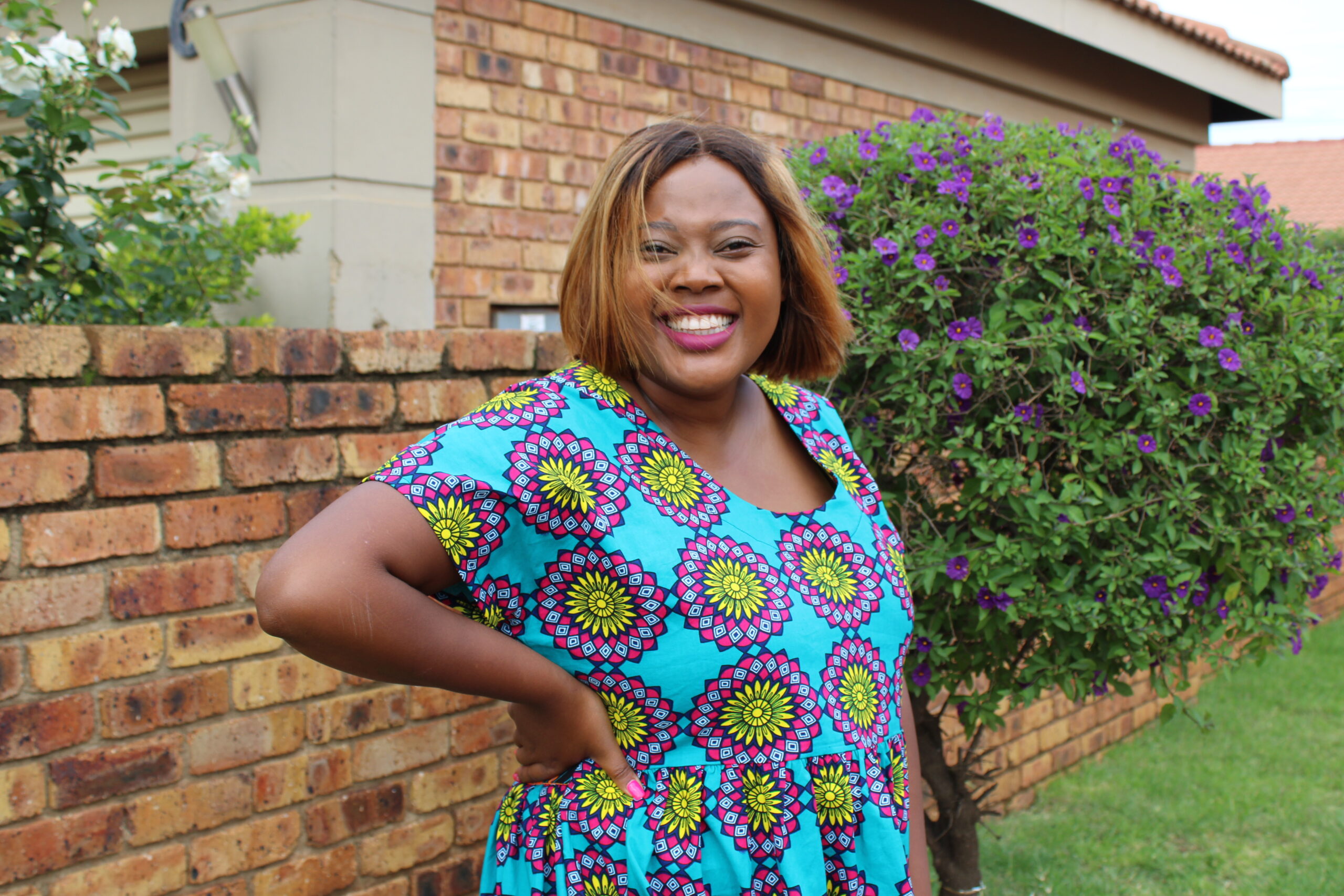

Thank you for sharing this.
It’s really difficult for us home stitchers to know whether we can or can’t use a fabric.
But you’ve given me the confidence to look for Ankara suppliers who support the people designing/making these fabrics directly
Thank-you for this informative article, I have often looked at this fabric and wondered about it. Love those colors on you, your dress looks fabulous.. also love the vibrancy of the colors in the photo further up in this article!
This is fabulous Tino. The dress is gorgeous on you. Thank you for taking the time to explain the history and meaning of Ankara fabrics and designs. Your informative article will give many the confidence to source and use this fabric in a more respectful and knowledgeable way, myself included. Thank you so much.
A beautifully written post giving a welcome insight into the Ankara fabric and the history behind it. I grew up in Singapore and Malaysia surrounded by batik and find it interesting to see the differences. Thank you x
Thank you so much for taking the time to explain your insights. I have always shied away from using fabrics (such as the stunning designs by Australian indigenous artists) as being a white woman I didn’t feel comfortable that I wouldn’t offend.
I will now not shy away, but try and learn about the history and meaning of the prints and will try to go directly to the source artist where possible to support them.
The Ankara fabrics are so vibrant and beautiful. Thank you again.